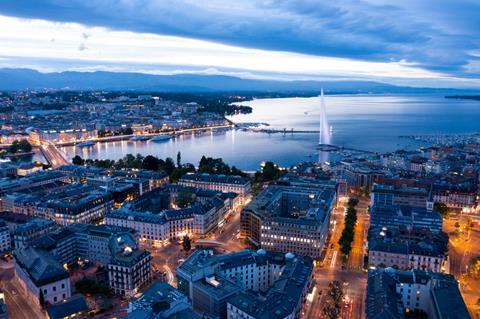Seven UK and Irish cities in global top 20
London is no longer the most expensive city in the world in which to build, despite strong material cost inflation in the UK capital.
According to Arcadis, London now ranks second to Geneva in Switzerland, with New York and San Francisco trailing in third and fourth respectively.

The consultant’s international construction costs report showed high inflation across all markets, with the Ukraine war having a particularly strong impact on Europe.
Resulting disruption to local manufacturing supply chains and regional-specific energy markets added 5% to 6% to the region’s inflation, the report said.
Six other British and Irish cities were in the top 20 most expensive to build led by Bristol and followed by Manchester, Dublin, Birmingham, Edinburgh and Glasgow.
Peter Hogg, UK cities director at Arcadis, said: “Despite the relatively high construction costs seen over the year, the UK – and the London market in particular – remain really good places to invest and construct, offering the potential for strong long-term returns for investors.
“Competitive sustainability credentials make our capital a desirable city and continue to attract talent from across the globe.”
As well as material price inflation – which hit 30% in the UK in the middle of last year – Arcadis said that improved building standards and low carbon building design were significant contributing factors on construction pricing in the UK and Europe.
Short term cost uplifts associated with upgraded specifications in both the UK and Europe ranged from 5% to 7% for new homes, and 7% to 10% for commercial buildings.
The high demand for sustainable buildings in prime locations has resulted in the application of a “green premium” when these schemes are valued, the consultant added.
“This means it is critical for owners and investors to take a long-term view when prioritising expenditure in order to preserve value,” it said.
“It will be important to balance current asset, owner and occupier needs with the additional costs associated with, for example, complying with future energy performance and decarbonisation standards, and mitigating against the effect of climate change exposure.”



























No comments yet